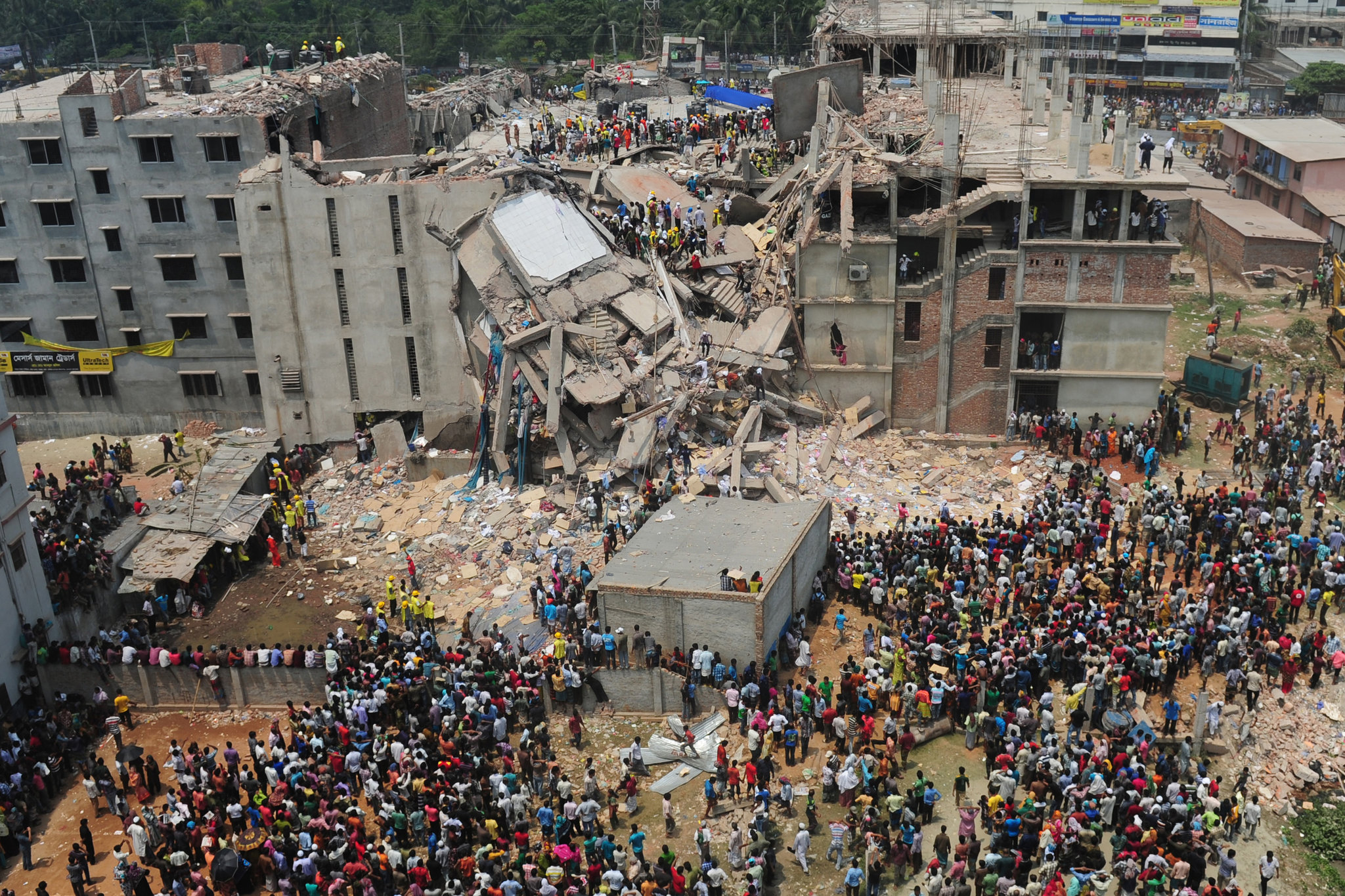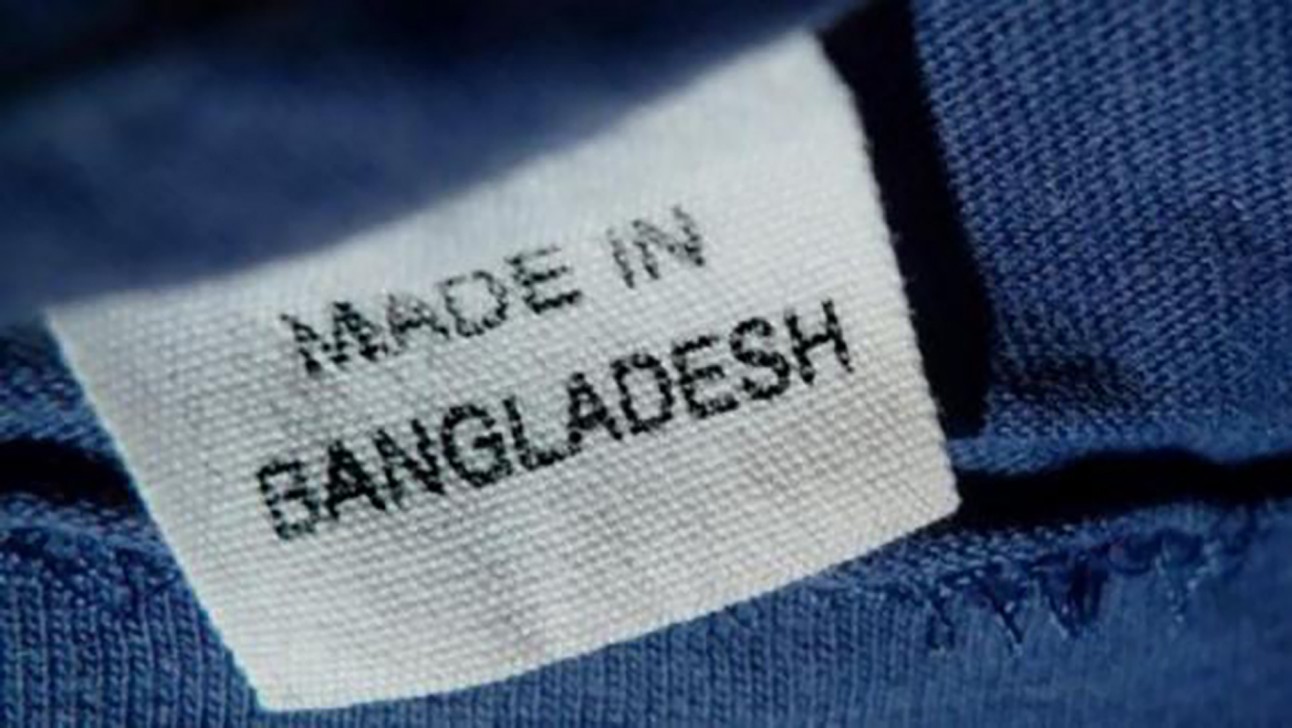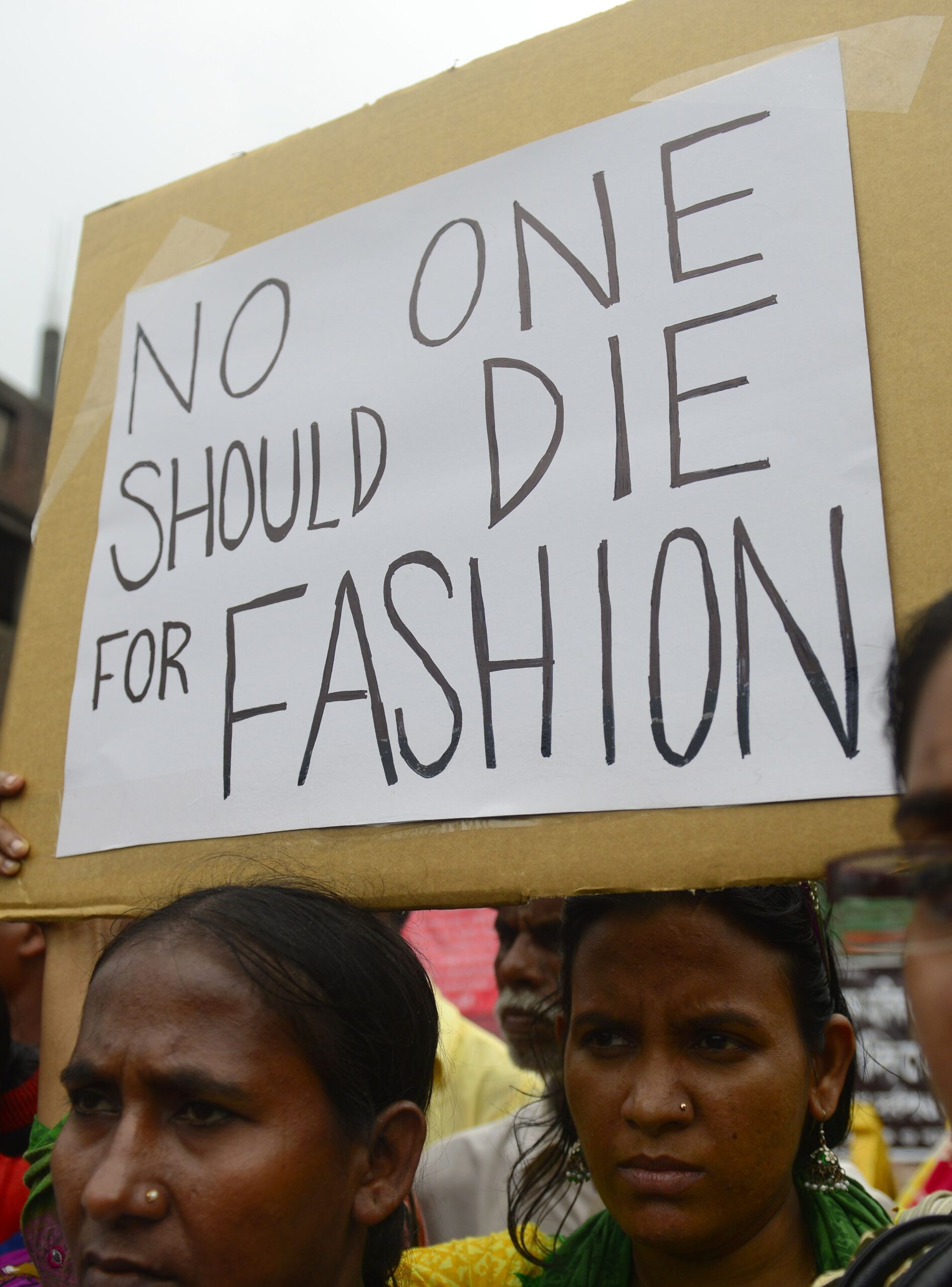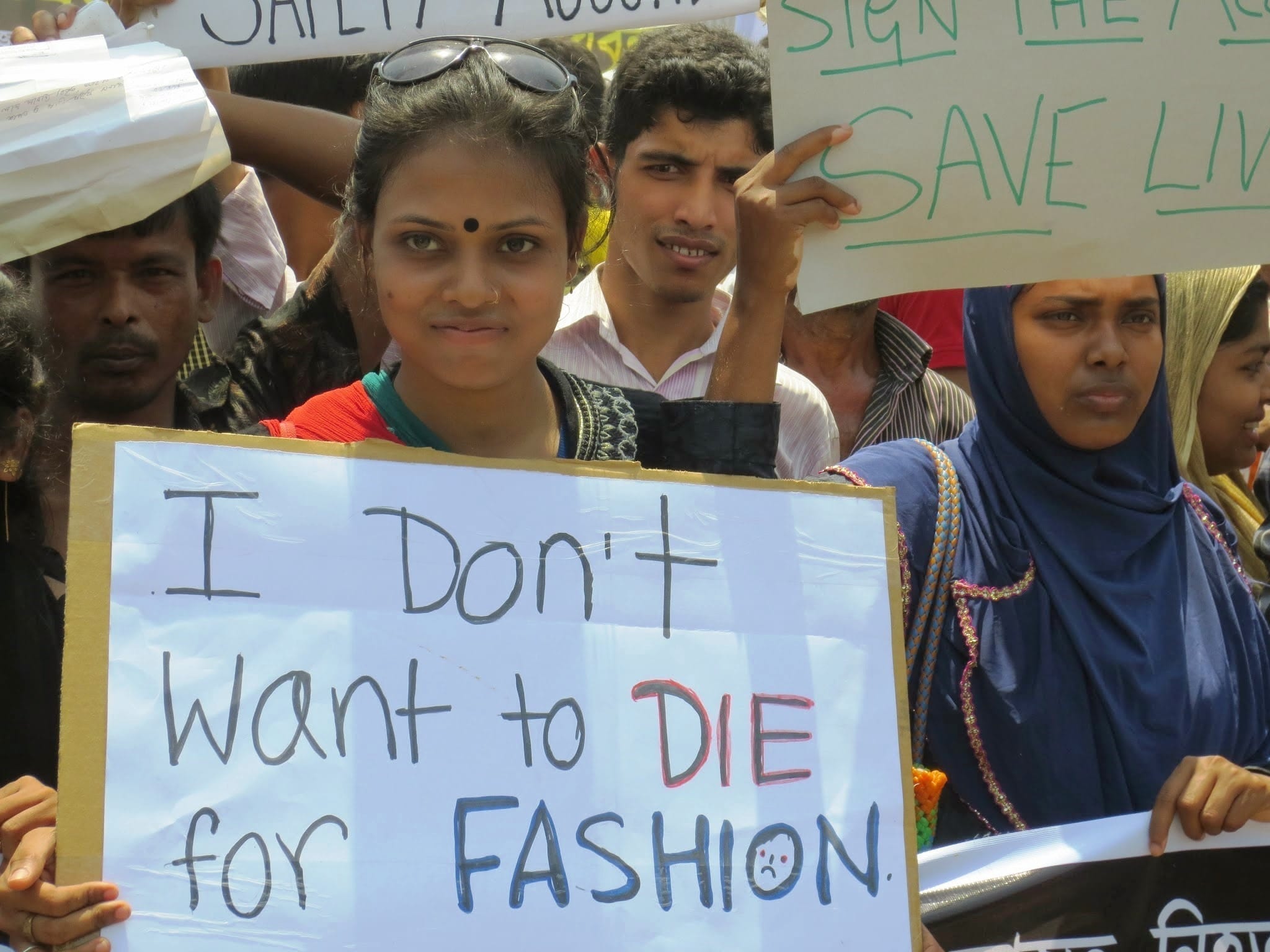A huge step towards ensuring workers’ health and safety in Bangladeshi Fashion Industries was just taken: the renewal of former Accord on Fire and Building Safety. The new agreement, entitled International Accord for Health and Safety in the Textile and Garment Industry, was signed after a long period of negotiations and will benefit more than 4 million workers, safeguarding their job conditions and lives. An unprecedented move into transforming the Fashion Industry into a more dignifying field for its employees, the Accord is a great reason to celebrate and give value to the hard-working people in the garment industry.
On August 25th, 2021, after several negotiation attempts, the new International Accord for Health and Safety in the Textile and Garment Industry was unveiled. This document is an update from the previous Accord on Fire and Building Safety, first established in 2013, as an imperative response to the biggest and most tragic catastrophe in the Fashion Industry: the Rana Plaza building collapse. This unfortunate event happened on April 24th the same year and was responsible for killing 1,134 fashion workers and injuring over 2,500 people. All those lives were taken due to the extreme lack of safety in the five garment factories situated in the establishment, which produced clothes for major retailers like Walmart and JCPenney. The eight-floor edifice was supposed to have been interdicted the day before the disaster, since structural cracks had been found, and around 130,000 safety violations had been so far identified, but employers forced people to show up to work. On the day of the accident, there was a power outage, so Diesel generators located at the top of the construction were turned on, which led to the building’s collapse. This completely preventable tragedy marks the worst disaster in the Fashion Industry’s history. Data states that unsafe work conditions have killed around 2,000 Bangladeshi workers since 2005, all in fire or building safety disasters that could have been prevented.

Photo Credit: NY Times
The former Accord on Fire and Building Safety affected around 190 brands, 1,600 factories, and over 2 million workers in Bangladesh. It was signed on May 15th, 2013, and valid for five years, being transformed in 2018 into the Transition Key Accord. This deal was set to expire on May 31st, 2021, but got extended for three months, until August 31st, 2021. Following up, the new International Accord got into effect on September 1st, 2021, and will be valid for 26 months. The agreement was signed at the last minute, just a few days before the Transition Key Accord’s expiring date, by Joris Oldenziel, the deal’s deputy director, and representatives of UNI Global Union and IndustriALL Global Union. The Accord is implemented by the independent national tripartite Ready-Made-Garment Sustainability Council (RSC), which consists of international fashion brands, trade unions, and local industries and factories.

Photo Credit: Facebook
A list with the first signatories of the Accord was released on September 2nd, and it includes companies like H&M, Hugo Boss, Benetton, and Inditex – a.k.a. Zara. Only businesses that choose to sign the agreement can be inspected in accordance with the new document. Under the regulation of the current Accord, the Ready-Made-Garment Sustainability Council is responsible for factory inspections – such as fire, electrical, and structural inspections -, safety trainings – through established Safety Committees -, monitoring remediation and resolving safety complaints – in which workers can refuse to work in unsafe conditions.
Moreover, the Bangladeshi Accords are historic due to the legally binding nature of the agreements set between brands and trade unions, who compromise to work harder in order to ensure a safe and healthy environment in the textile and garment industries in the country. Globally, the fashion business is a $2.4 trillion industry, employing about 40 million people around the world, most of them in very poor, degrading, and dangerous conditions, including people under verbal and physical harassment, poverty wages, and retaliation for seeking their rights. An average of 4 million of those workers are situated in Bangladesh, and its garment sector is responsible for around 80 percent of the country’s total exports, making it their economy’s foundation. Besides, Bangladesh used to be, since 2010, the second biggest ready-made-garment exporter in the world, only after China, but it recently lost this position to Vietnam on the occasion of the rising Covid-19 cases, and pandemic lockdowns.

Photo Credit: Pinterest

Photo Credit: BBC
Few new determinations brought by the present Accord include:
– a plan to extend its validity to, at least, one other country in the first two years
– a bigger focus on the health and safety of Bangladeshi workers, and not only fire and building safety
– a possible extension of the agreement’s scope to cover human rights
– an optional arbitration process to enforce the terms of the agreement
– a commitment to build a more credible industry, with both compliance and accountability mechanisms
– the ability to submit retailers to legal action in case their factories don’t meet the Accord’s standards.
– the obligation to cease doing business with factories that do not operate safely

Photo Credit: Solidarity Center
To sum up, the fashion industry is usually and mostly governed by lax regulations, unenforced codes of conduct, and self-monitoring, but it all changed when the former Accord on Fire and Safety was created. From that point on, over 38,000 inspections were done, more than 90 percent of safety issues reported were corrected, and it has prevented several accidents, being so far considered the most effective program to support workers’ safety in the history of the garment industry. Now, with the International Accord for Health and Safety in the Textile and Garment Industry, a better and extended version of the previous Accord, a more improved unprecedented originated. It represents a manner of holding brands accountable for workers in its supply chain that live in other countries and have their lives at risk every single day. According to Scott Nova, Executive Director of the Workers Rights Consortium, “garment workers in Bangladesh used to die in the dozens and hundreds making t-shirts and sweaters for the world’s leading apparel brands. The Accord put an end to that horror”. It rests clear that the work to safeguard workers in the garment industry is far from over, but those first steps help increase transparency, accountability, and commitment from retailers to people who manufacture their products. It is our duty as consumers to demand brands to sign this Accord, as well as to keep an open eye to surveil their compliance with it.
Published by HOLR Magazine.

